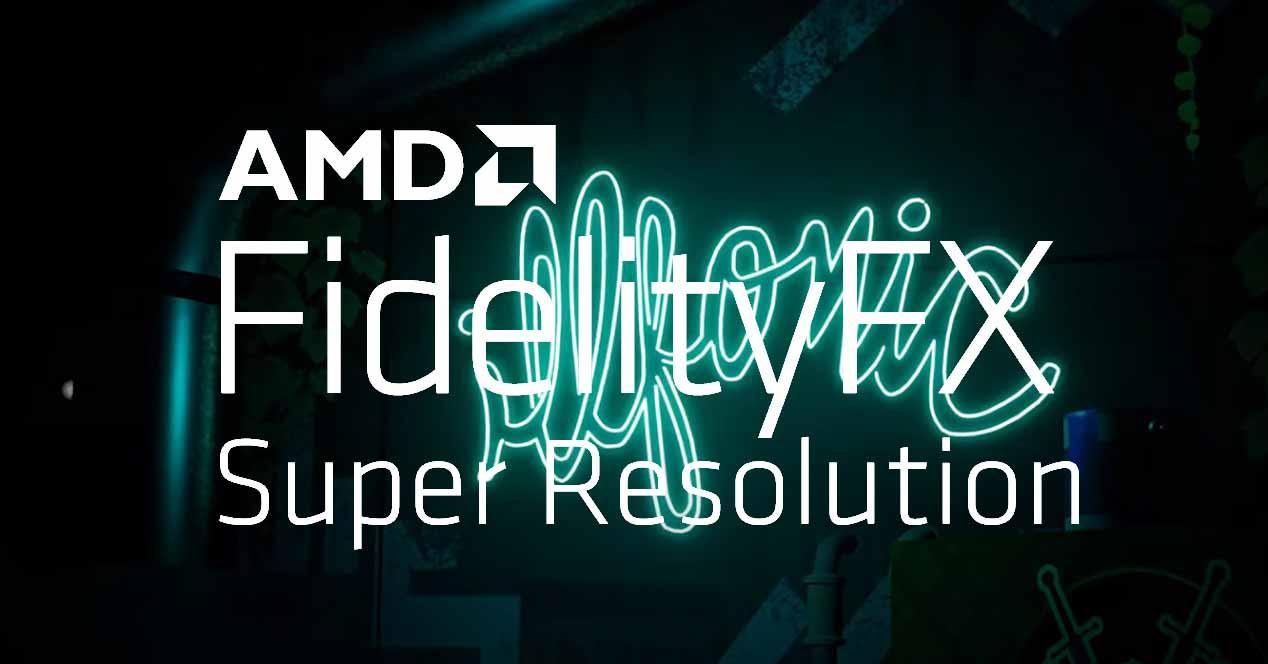From HardZone, we were able to speak with Jonathan ferguson, Technical Art Director of Illfonic and one of the main people responsible for the implementation of AMD FSR technology in Arcadegeddon, his latest title, and who very kindly answered all of our questions.
Here’s how AMD FSR technology is implemented in games
HardZone: How did you come up with the opportunity to collaborate with AMD to integrate FSR into Arcadegeddon?
“AMD has been one of our most amazing partners in the past, so working with them to bring FidelityFX Super Resolution into Arcadegeddon was an easy decision to make. When we first showed the AMD Arcadegeddon team the look and feel with multi-layered colors, they decided it was a great match for this technology. “
“Due to evolving hardware and software, it now makes more sense than ever to balance rendering resolution and functionality; As pixel density increases, there are more reasons to use quality improvement techniques to improve the overall final image than to focus solely on pixel density. This does not only apply to games, but also to cinema.
HardZone: Was the AMD team actively involved in the integration or just provided you with the tools to do it?
“AMD was not involved in the development of the game, but it was a pivotal point in the successful integration of FSR technology. They provided valuable feedback to balance quality and performance, and also helped us improve our ray tracing suite of features.

“Right now AMD is our partner for Arcadegeddon so we are focusing on their products. ” Note: We understand from this answer that yes, your game is optimized for AMD graphics.
HardZone: How much performance can we expect compared to not using FSR?
“It varies a lot depending on the hardware and configuration, but on the PC that we used to test all the setups in full detail to the max (including Ray Tracing) we got the following results:
- FSR efficiency: 163% gain.
- Balanced FSR: 132% gain.
- FSR quality: 91% gain.
- FSR Ultra quality: 53% gain. “
HardZone: What difference in performance can we find between the PC and console versions? And the graphics quality?
This is an interesting question. Overall, FSR helps improve performance on both platforms, allowing us to push more rendering capabilities than would be possible if we just focused on consistently matching the rendered resolution to the resolution of the renderer. ‘screen. “
HardZone: Are you happy with the ease with which FSR fits into games?
“Integrating FSR into our game was a smooth and easy experience.”

“We are always looking for ways to improve our products. If we need to change parts of FSR, it will most likely be by working with AMD on these efforts. ” Note: From this answer we understand that they will not change anything except in conjunction with AMD itself.
HardZone: FSR can also work on GCN architecture under FP16, is it possible to use it on PS4 Pro?
“Without being too specific, FSR is very flexible and can be run on a wide range of hardware.” Note: with this we understand that yes it would be possible to use FSR on previous generation consoles.
HardZone: Are you going to implement FSR in any of your other games, or will it only be in future versions?
“Right now we’re focused on developing our new title, Arcadegeddon, along with other projects yet to be announced, but the goal is to launch the final version of Arcadegeddon in Q1 2022 and then we’ll see. . “
From here we would like to thank once again the kindness of Illfonic for answering our questions and we wish them every success in their new releases.








